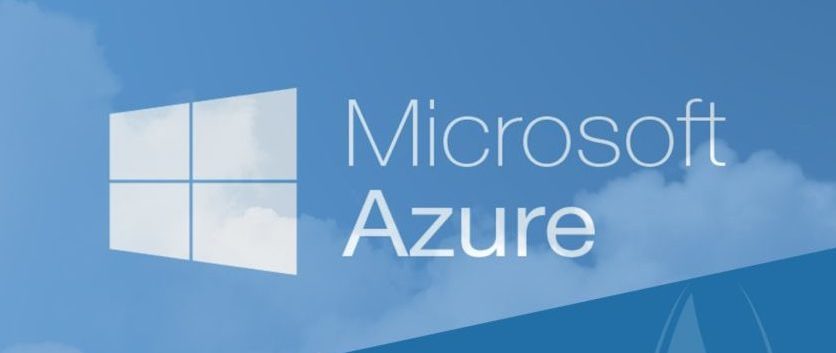
Azure Touts How to Empower Creative Teams to Accelerate Content Production
Content creators are increasingly moving workflows to the cloud — from editorial to promos to visual effects enabling remote and work from home capabilities – and Microsoft’s Azure is a platform that enables this, the company pointed out.
The Microsoft Media & Entertainment team has created a set of technical webinars in which it is showcasing how to empower creative teams to accelerate content production using Azure tools for editing, rendering, VFX, storage and management.
The webinars teach how to scale content creation on an intelligent and secure platform to increase the breadth and value of production workflows.
The webinar “Implementing post-production workflows in Azure” shows how Microsoft and Avid are delivering enterprise solutions to deploy a virtual desktop environment with Avid Media Composer and Avid Nexis in Azure. The video is targeted at content creators and media organizations looking to use cloud computing for media post-production workflows.
“By the end of this episode, you will have an understanding of what it takes to run a solution and where to begin,” Scott Bounds, Microsoft Media Cloud architect, tells viewers at the start of the webinar.
Azure has been working with media customers for about 18 months to “move content creation to the cloud,” according to Michael DeSilver, Azure CTO, North East Region. Those clients include broadcasters, advertisers and studios, he said, noting: “They’re all just looking for the best way to make the shift to the cloud. And what COVID-19 really did was it [created] an unbelievable sense of urgency. They needed to enable work from home scenarios really, really quickly.”
The webinar “Implementing a production studio in the Azure cloud” highlights how Microsoft and Support Partners are delivering solutions to deploy virtual desktop environments, content storage, Microsoft Teams and Power Platform. It is designed for content creators and media organizations looking to build virtual production studios in in the cloud for various workflows.
For the past couple of years, content creators have been “thinking about moving a lot of the capabilities to the cloud, but originally it was mostly digital asset management, media management solutions, [and] some enhanced metadata” with artificial intelligence (AI), but “lately we’ve seen a lot more customers start leveraging compute in the cloud for video rendering,” according to DeSilver.
More recently, “COVID-19 sped up a lot of the get-to-the -cloud-as-soon-as- possible digital transformations that we’re seeing,” he pointed out. Although “transformations” like that in the past tended to take “months to years,” he noted “we had to do that in weeks” when the pandemic arrived.
The webinar “Implementing burst rendering and visual effects in Azure” showcases how Azure High-Performance Computing (HPC) Cache can speed up data access for time-critical rendering projects. Data for these workflows are typically located in an on-premises network attached storage environment (NAS). Azure HPC Cache can cache that file data in the cloud to reduce latency and enhance flexibility for on-demand burst rendering, according to the company.
When it comes to customers’ key concerns about rendering and visual effects workloads, “some of the issues that I hear repeatedly from the industry” include automation and “being able to deploy quickly to the cloud in a repeatable and reliable fashion,” Greg Denton, senior program manager at Microsoft, told viewers.
Anthony Howe, principal program manager at Microsoft, agreed with him, adding “security is a big piece” of what customers are concerned about also because the M&E industry has such high security standards.
Finally, the “explosion of new video content and vast media archives are driving the need for metadata of content,” Microsoft Azure said. The webinar “Empowering media workflows with AI and Azure Cognitive Services” shows how Microsoft and its Cognitive Solutions including Video Indexer provide automated machine learning insights to provide metadata. It can be used for deep search of libraries, content personalization and transcription/translation to enable accessibility, the company noted. The video showcases Video Indexer and how AI can be used for media workflow.
“We’re hearing a lot from our customers around different areas of innovation,” John De Havilland, customer success director, Azure, said, noting “artificial intelligence is one of those, from enabling content creators to automating repetitive tasks through to things like helping consumers find content they’re more interested in – how is that going to be driven better with AI.” There are “a lot of different areas that customers we’re working closely with are exploring today and starting to build platforms out on around helping enable their consumers get a better experience.”
He predicted “we’re going to see a much more improved customer experience as we move forward with greater options and innovation to really help improve the overall offerings that are out there.” Therefore, “it’s an exciting time to be working in this space,” he added.
